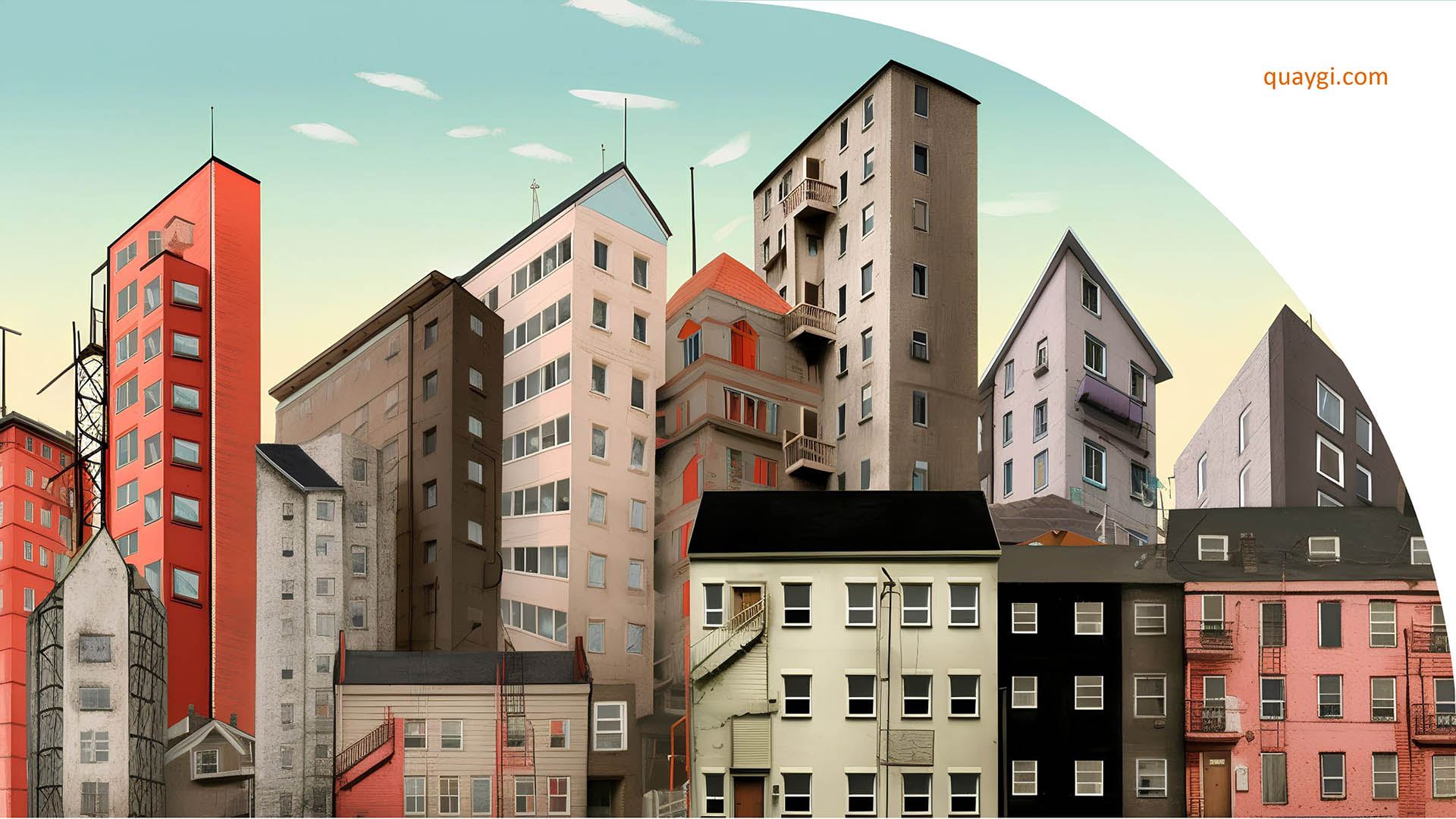As forecast by the Reserve Bank earlier this month, wage growth remained sluggish in the December quarter, rising by just 0.5% or an annual 2.2% thanks to a fall in growth in public service pay.
Economists say the sluggish growth is forecast to continue well into 2020 and beyond – the impact of the bushfires and coronavirus crisis will help keep a lid on business expansion plans.
In the minutes of its February board meeting, the Reserve Bank observed that “Wages growth was expected to be largely unchanged over the following couple of years because mild upward pressure on growth in the wage price index would likely be offset by downward pressure from the increase in the superannuation guarantee from mid-2021.”
Total hourly rates of pay, excluding bonuses, rose by a seasonally adjusted 2.2% over 2019. At one stage the Federal government was looking for growth of 2.75% to 3%.
For the first time since 2012, private sector wages grew at a faster rate (0.5%) than the public sector (0.4%) as the Federal and most state governments (especially NSW) keep a tight cap of 2% or less on wage rises. Both were up by 2.2% through 2019.
Bureau chief economist Bruce Hockman said wages had gone through an “extended period of moderate growth”, with a major influence being the “relative stability” of the labour under-utilisation rate.
Across industries, annual wage growth in 2019 ranged from 1.6% for the information, media and telecommunication services industry, to 3.1% for the health care and social assistance industry (which is where jobs growth has been strongest since the current boom started in 2016).
Victoria recorded the highest through-the-year growth of 2.7% (because the Andrews Government made a conscious decision to boost healthcare wages to the levels of the rest of Australia), while Western Australia recorded the lowest for the sixth consecutive quarter (1.7% which was less than inflation of 1.8% for 2019)).
Dr. Sarah Hunter, the chief economist for BIS Oxford Economics, said the tepid pace of growth suggested there is “still plenty of slack in the economy”.
“The data largely confirms the Reserve Bank’s view that price inflation is unlikely to pick up in the near term,” Dr. Hunter said.
“We still expect the board to cut the cash rate again – likely in the second quarter – to further stimulate the economy, drive jobs growth and eventually feed through to an acceleration in wages growth.”
She said there was potentially some very early signs of the impact of the bushfires and coronavirus outbreak, with wages in the accommodation and food services sector increasing by just 0.2 percent quarter-on-quarter – the weakest of all sectors.
Labour force data for January will be issued later on Thursday.













